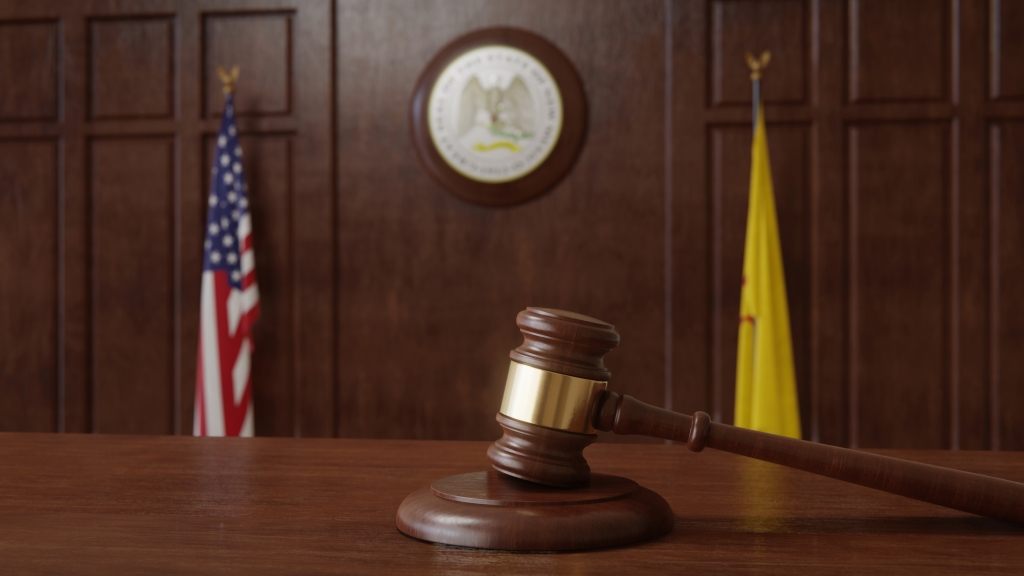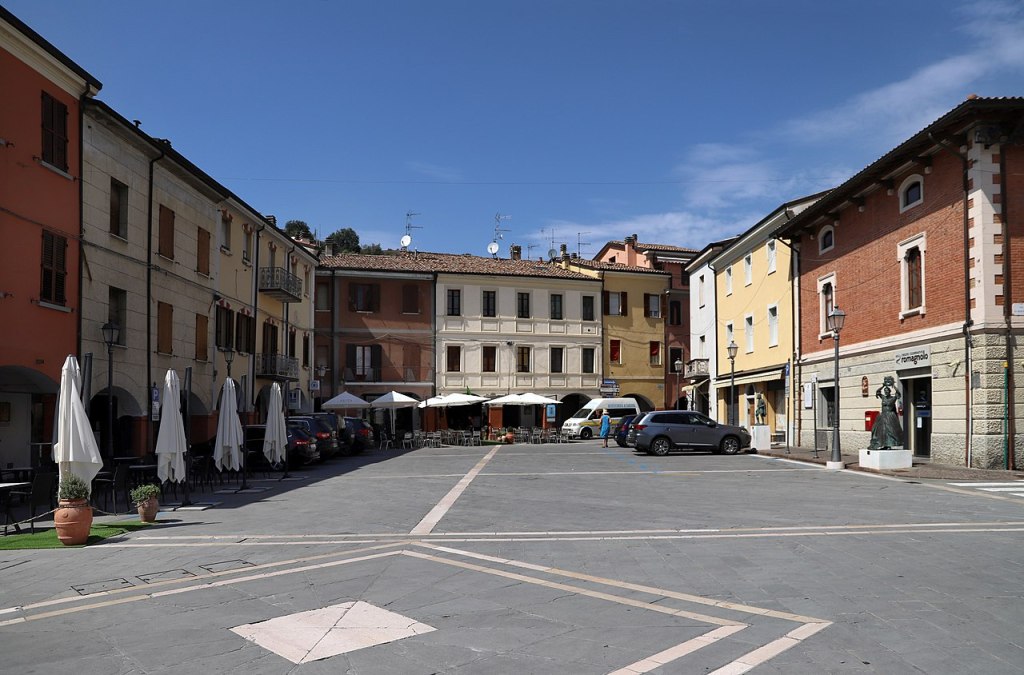16 Climate Activists Arrested at MoMA During Protest Over Donor Henry Kravis
On Friday, New York’s Museum of Modern Art became the latest institution to be targeted by climate activists. The protestors’ aim was to highlight funding from one board member whose husband’s firm has invested in fossil fuel projects.
Members of groups such as Extinction Rebellion and Climate Organizing Hub staged demonstrations both inside and outside MoMA. Some held a die-in before Refik Anadol’s Unsupervised (2022), the popular artwork making use of AI technology in the museum’s lobby, while others held signs urging MoMA to sever ties with Henry Kravis, who, with his wife Marie-Josée, have provided money to various projects there, including a Studio space devoted to performance art and moving-image work.
Kravis has previously been targeted by activists, who have stated that his private equity firm KKR has invested in projects such as the controversial Coastal Gaslink Pipeline in Canada. Members of the Wet’suwet’en First Nation, whose land is impacted by that pipeline, also attended Friday’s protest.
The signs the activists brought drew on the look of work by Ed Ruscha, whose work is currently the subject of a MoMA retrospective. “MOMA DROP KRAVIS,” read one sign, its language cast on top of Ruscha’s famed image of a Standard Oil gas station on fire.
That sign appeared to be a reference to Marie-Josée, who is currently the chair of MoMA’s board and has served as a trustee since 1994; she was elected chair in 2021 after Leon Black stepped down amid controversy surrounding his association with Jeffrey Epstein. (Henry is not a trustee at the museum.) She and her husband have regularly appeared on the ARTnews Top 200 Collectors list.
“We’re disrupting business as usual because we demand MoMa be accountable,” Laura Esther Wolfson, an Extinction Rebellion activist, said in a statement. “Admit the mistake they’ve made and refuse any association with KKR. Marie-Josee Kravis’s presence on the Board is a hideous stain on one of the world’s most significant cultural institutions.”
A MoMA spokesperson did not respond to a request for comment. A KKR spokesperson told Hyperallergic that the firm was “committed to investing in a sustainable energy transition, one that supports a shift to a clean energy future while recognizing the ongoing importance of supplying the conventional energy needed for well-being, security and economic growth around the world today.”
Friday’s protest differed in one key regard from many others seeking to draw a line between museums and the climate crisis. Most others staged in recent memory have involved activists gluing themselves to the frames or pedestals of artworks or throwing food at the pieces. In one case, at the National Gallery of Art in Washington, D.C., some involved were arrested and later indicted.
The artworks subject to these protests have generally gone unharmed, save for minor damage to their surroundings and the materials used to present them. But some have expressed fears that these protests could still alter artworks anyway. The Isabella Stewart Gardner Museum in Boston, for example, closed early one day earlier this month, claiming the institution needed to do so to head off a potential protest that was going to target the art on view.



